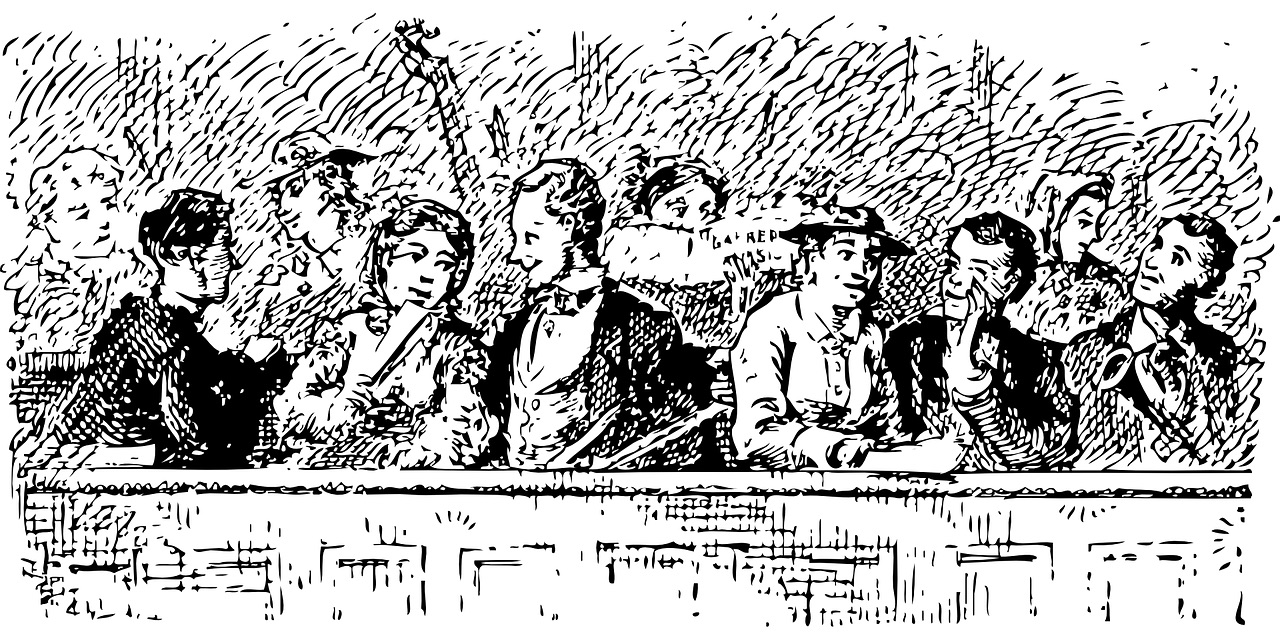
“As has come before; many of these posts will be philosophical in nature. Some will be in contradiction to previous postings. These are not intended as truths or assertions, they’re merely thoughts…ideas. Think of this as stream of consciousness over a wide span…Please bear with us as we traverse the abstract canals of audio musings.” -Designing Sound
In our development team, it feels like everyone is an audio expert. And with that expertise comes everyone’s opinion, whether the audio team likes it or not. Sometimes this can be highly frustrating. But other times, it actually helps us learn and grow in unexpected ways.
I went through an interesting learning experience not too long ago that has since started to change how I problem solve. Our game was in beta testing and the audio team got a bit (just a small amount really) of feedback from our user testing team. “Hey, people don’t know when they’re landing hits on their opponents with their weapons. Can you design impact sounds?”
Okay, before everyone jumps to the conclusion of ‘well that seems obvious that you would need impact sounds,’ let me give you a bit of background. Our game is unique in that when a player fires their weapon, there is no visual indication of weapon impact, there is only sound. Additionally, as soon as the player fires their weapon, we know instantly if the weapon made a hit or not. And we can’t add delay because we’re trying to stay in sync with a physical reaction. Finally, all of these sounds are being played off smartphone speakers.
This feedback was reminiscent of a year prior when the same situation occurred. At the time, because we were your happy neighborly audio team, we decided to work on a fix. We took the suggestion at face value and added impact sounds. Not long after, however, we starting hearing, “Hey! I can’t hear my impact sounds! They’re vital for user experience! Can you duck the weapon sound when you get an impact?” Sure. So we made the change. And can you guess what the result was? “Hey! I can’t hear my weapon sound! I thought weapons were supposed to be the most important part of the game!”
And that’s when we said screw it and ripped the whole system out. You see, because we had zero delay between when the weapon was fired and when the weapon hits, and because we were trying to maintain sync with physical cars, we had no way of highlighting each sound appropriately. And without visuals, we were having trouble clearly conveying what was happening. I’ll admit (somewhat ashamedly now), that at the time, I gave up. It seemed like we had no way to solve our problem.
So when our sweet, somewhat green, user testing representative came to us a few weeks ago to tell us that we needed impact sounds, I almost punched her. The difference between last year and the last few weeks, however, was the addition of Senior Audio Designer Jason Wolford to our team. He heard the feedback and valiantly took up the task of again trying to make this suggestion work.
He listened to the history of the problem, and started working on a solution. Pretty soon, we had different types of impact sounds in game along with weapons miss sounds. He then brought in game designers and UX designers into the audio room to play and make iterative adjustments to the sounds. And in that creative brainstorm process, we landed on something interesting.
What if, when you miss, you don’t hear your weapon sound at all? What if the entire sound is just a “dry fire” or fizzle out? Then when you land a hit, what if you get the full, satisfying response of your weapon fire?
It was genius. And turns out, it works really well. This solution thinks outside the box in a creative way, taking into account our limitations while driving to still support the excitement of gameplay.
Last year, when I tried to work with our team to implement a solution to this problem, I thought very literally. I thought: to have a successful weapon fire, you need the initial weapon sound plus the impact. But sometimes, when we’re designing an experience through sound, we can’t think literally. What we’re building is an emotional experience, not a realistic representation of what’s going on.
From now on, when I get feedback about the audio in our game, I’m going to stop and think, “What is my initial gut reaction to this problem? And is there another way to think about a creative solution?” Thanks sweet, somewhat green, user testing representative. And thanks Jason. Next time, I’ll keep my horizons broader.
Happy Sunday!
-Ashley